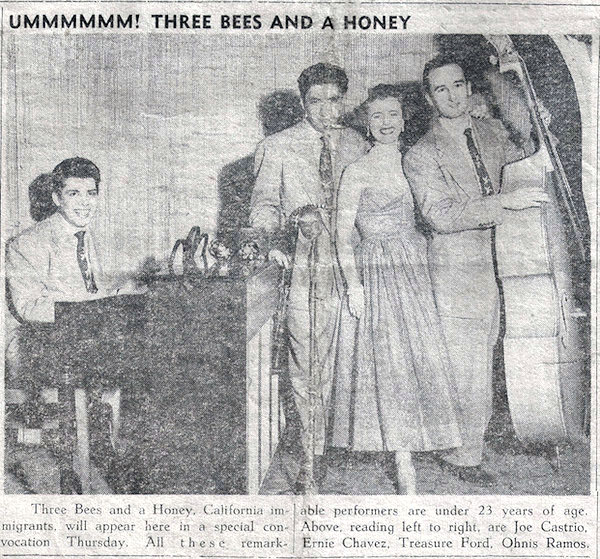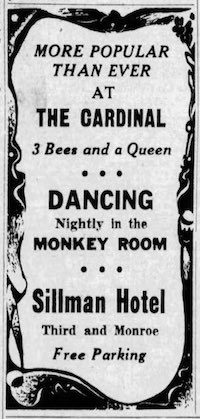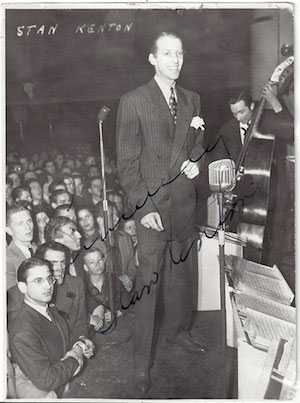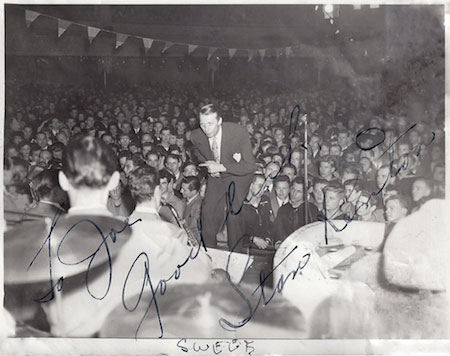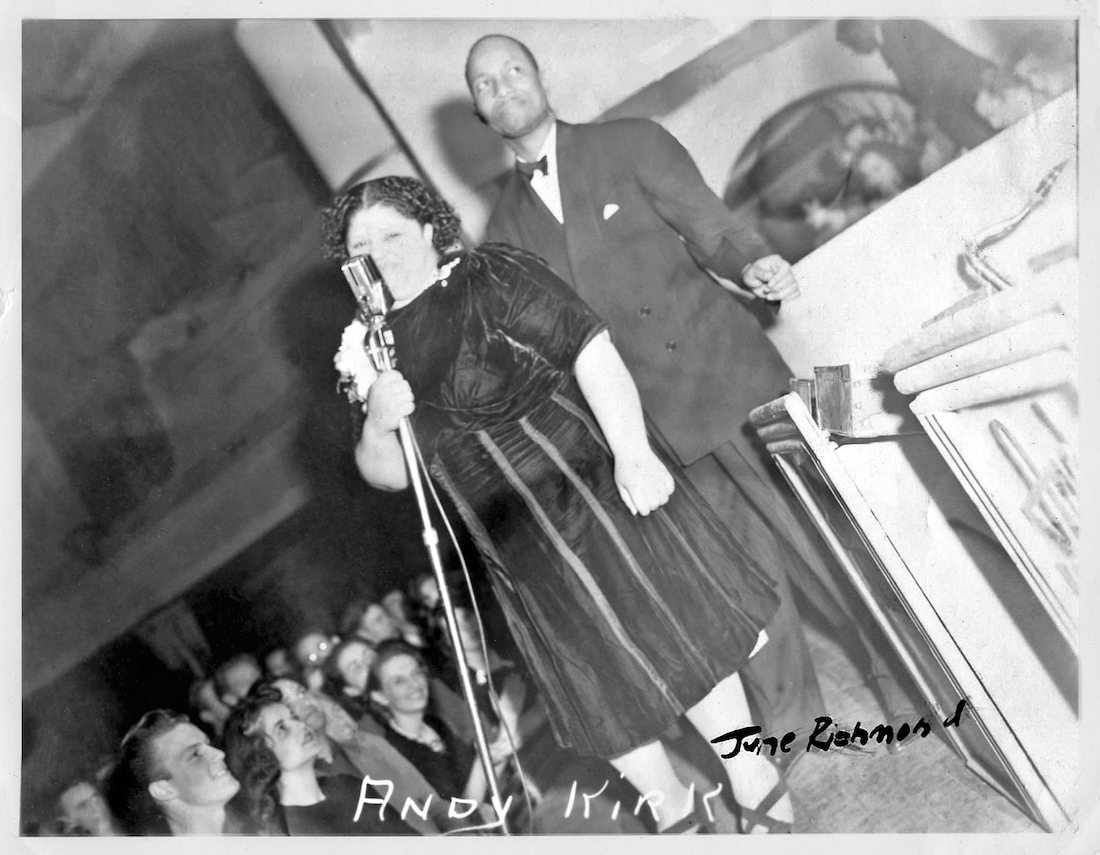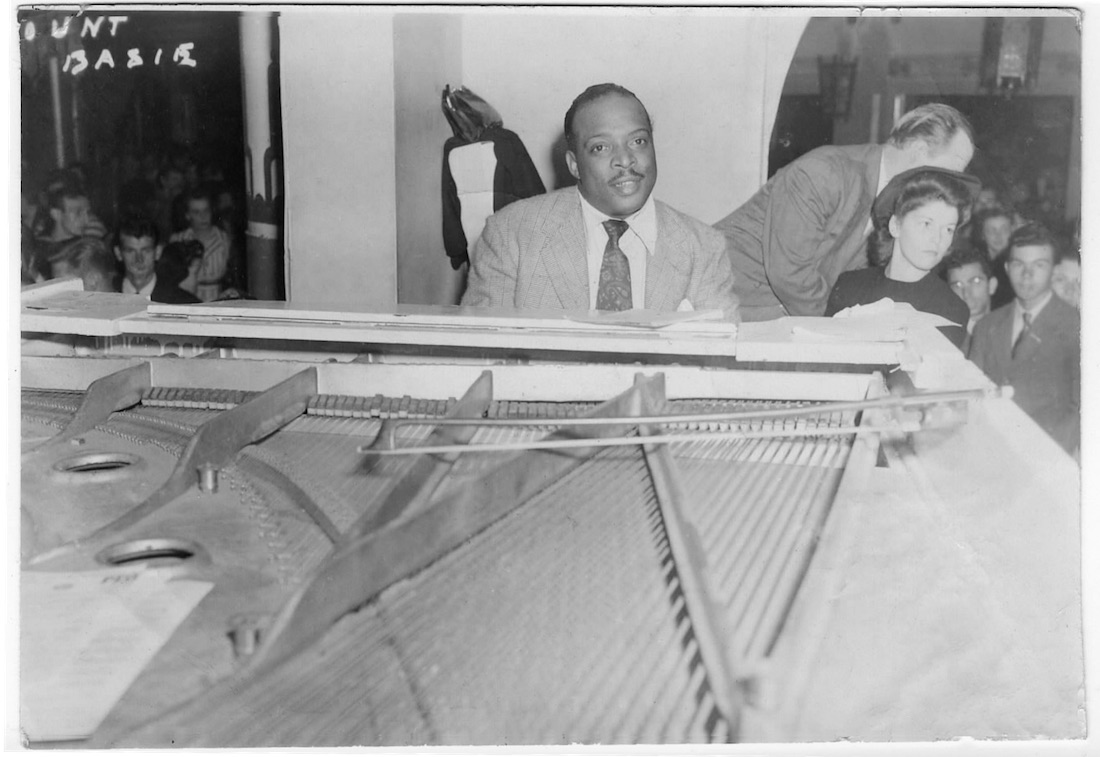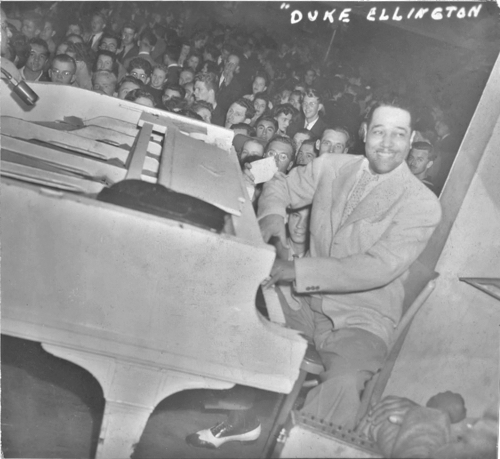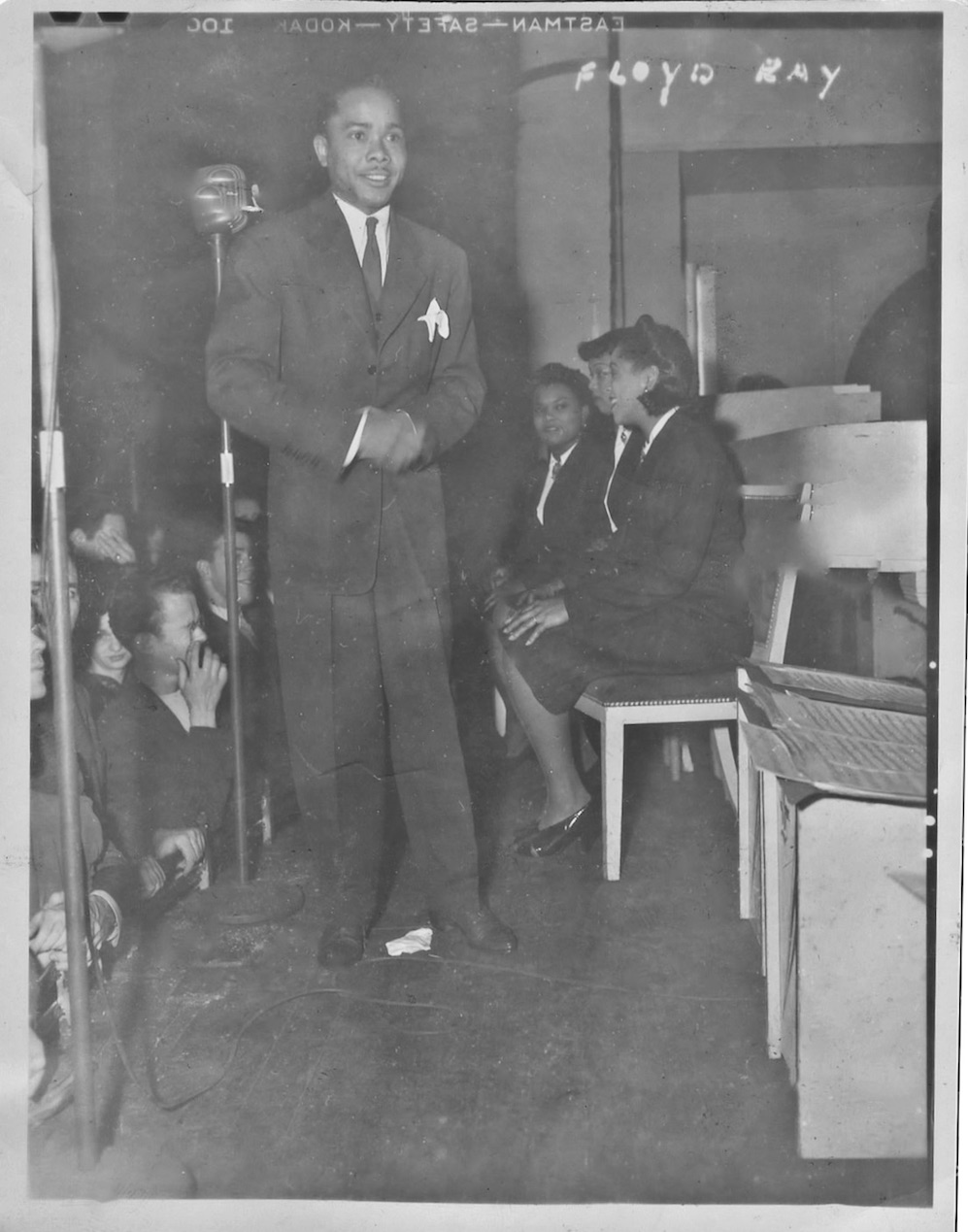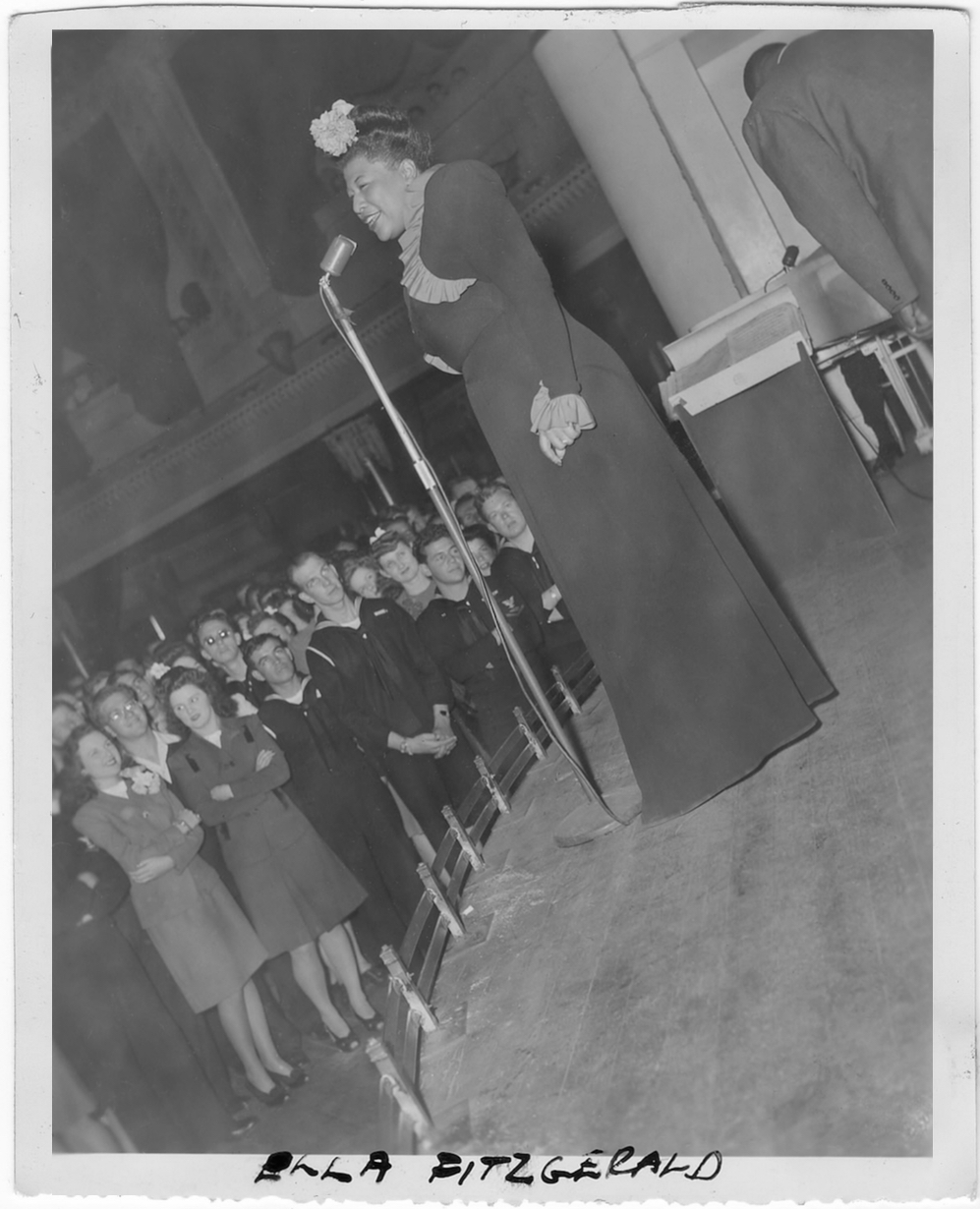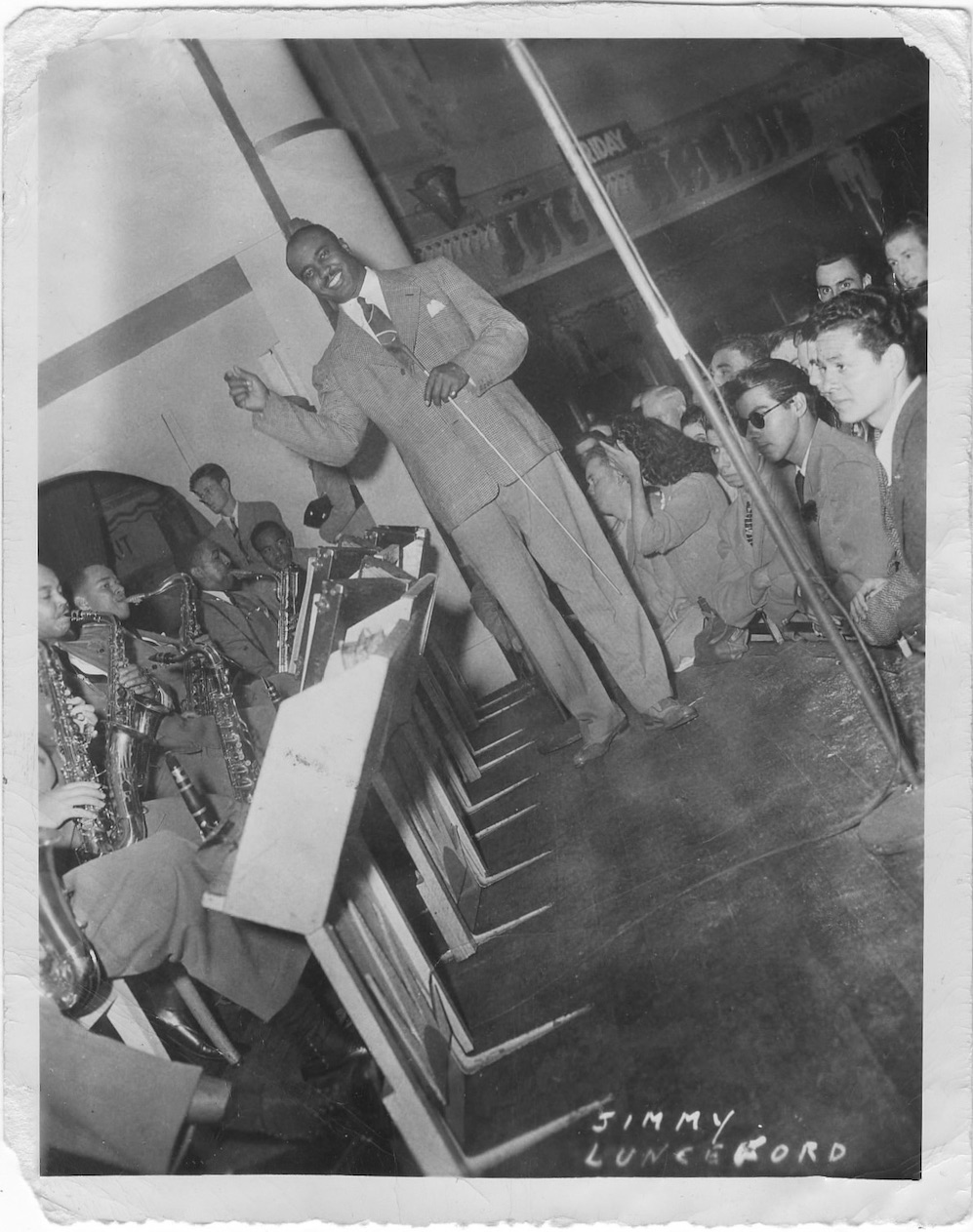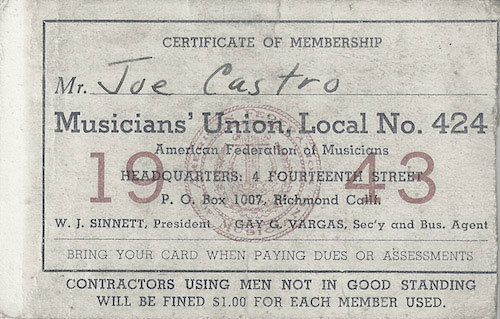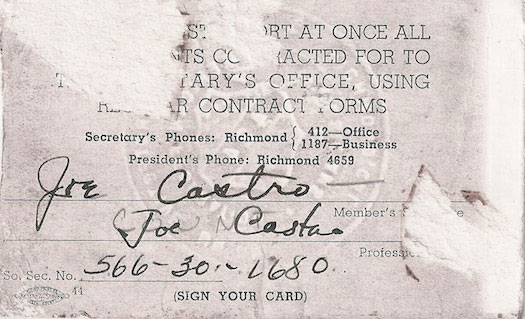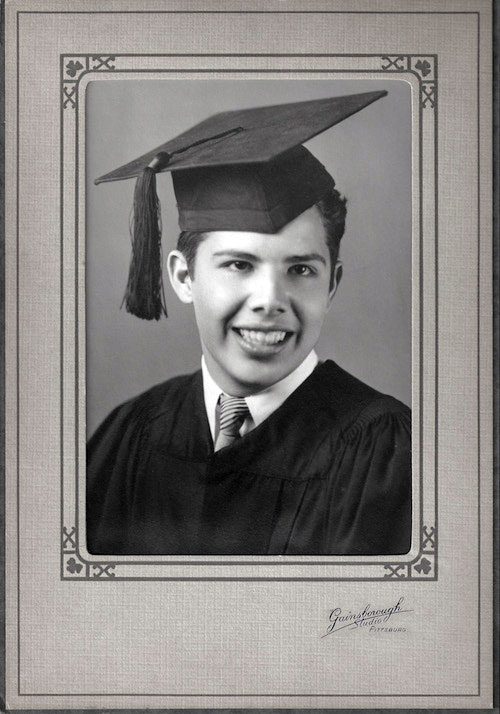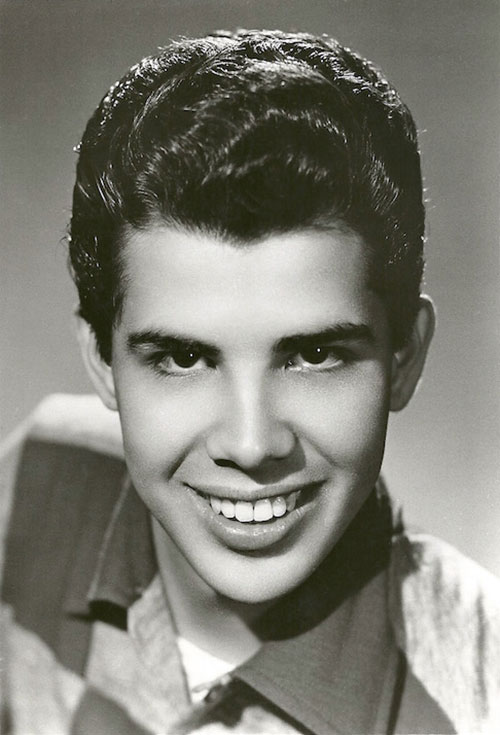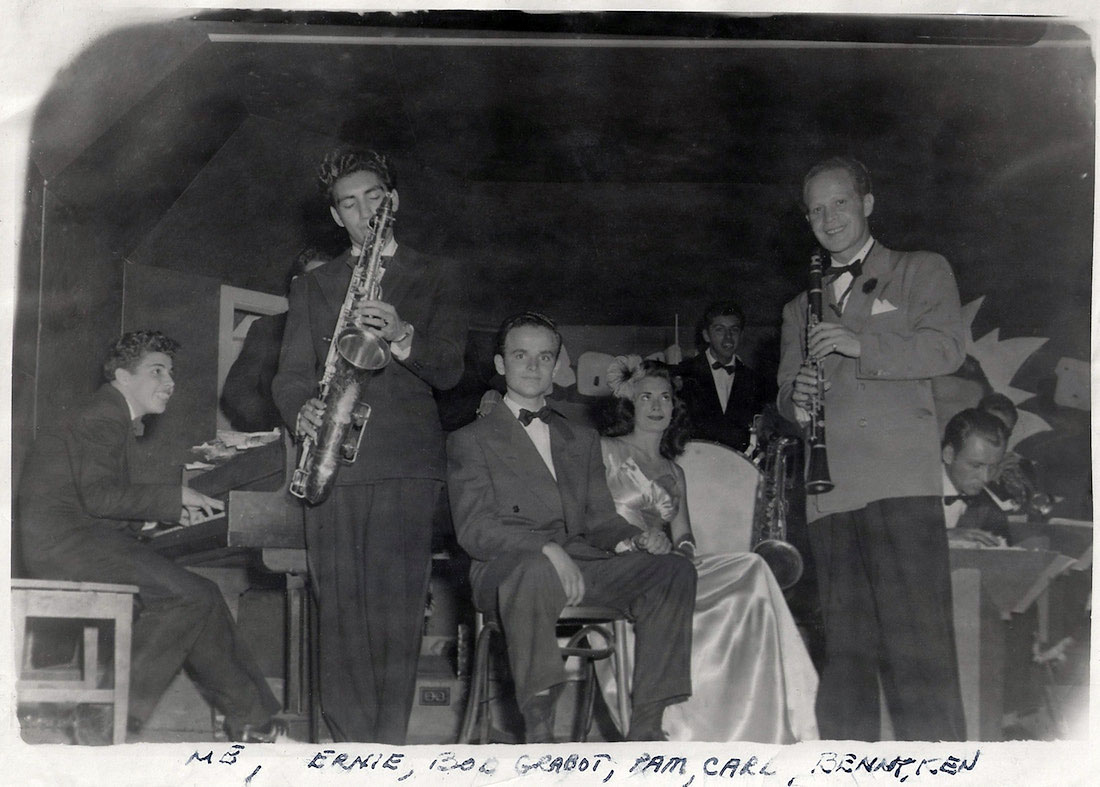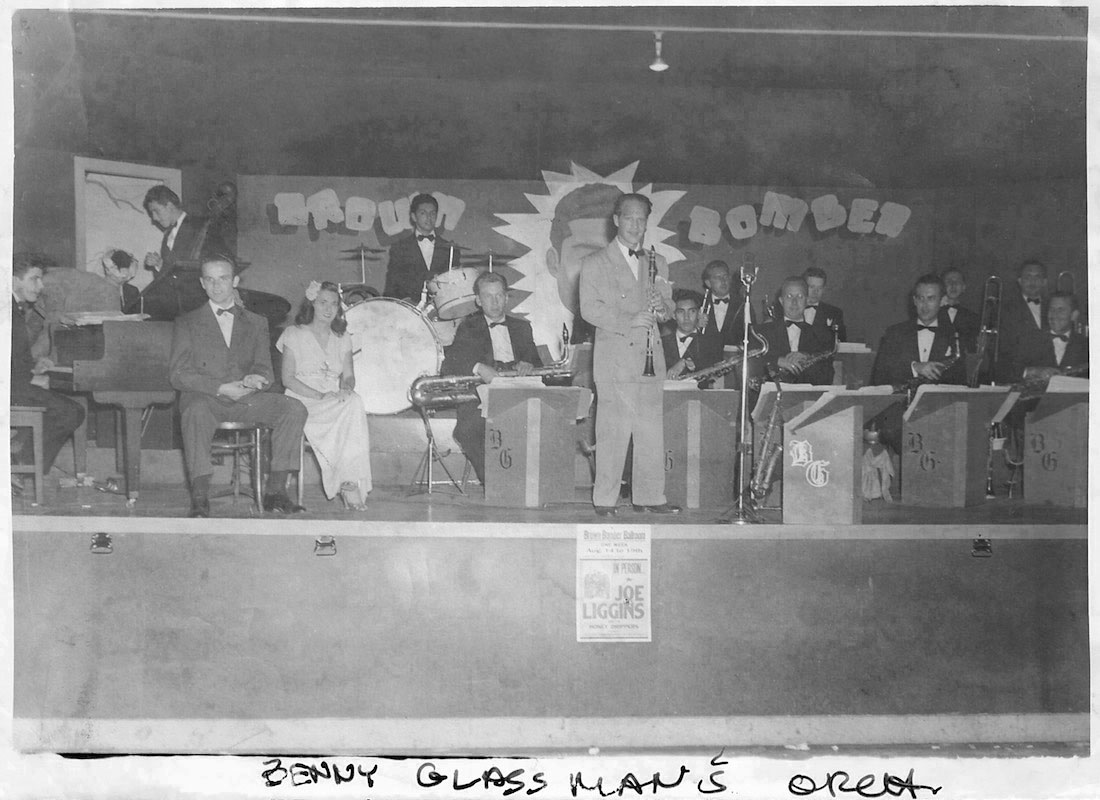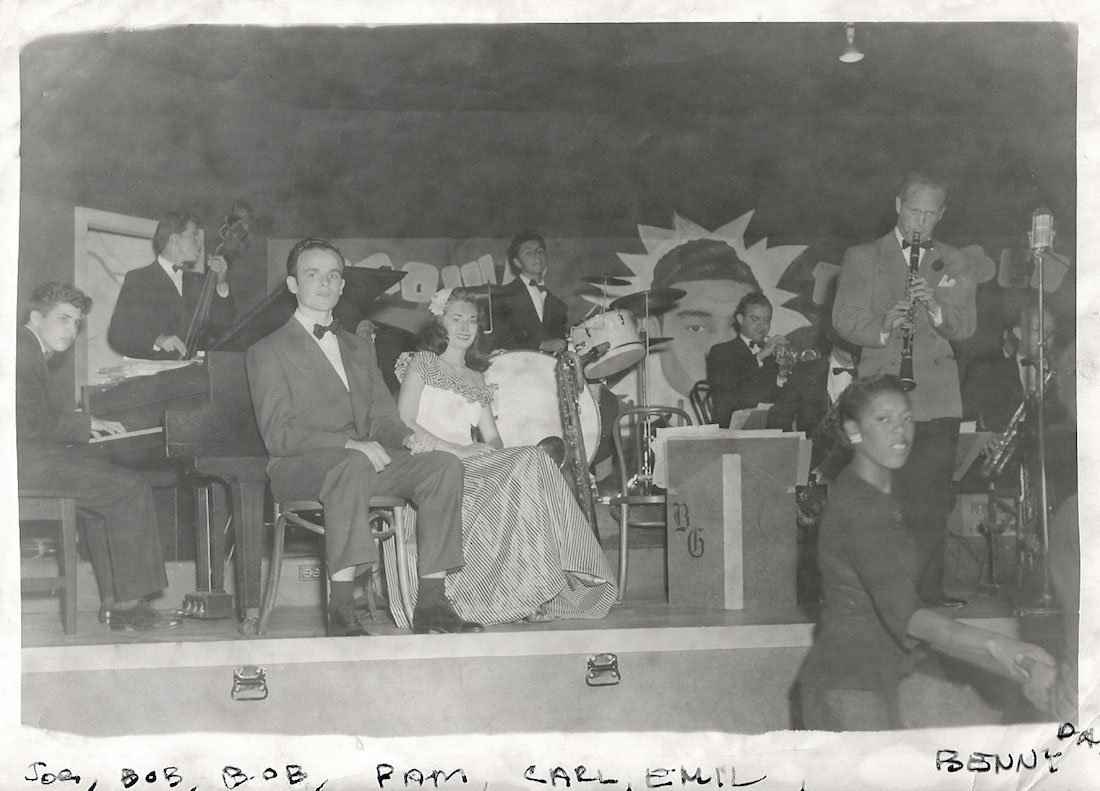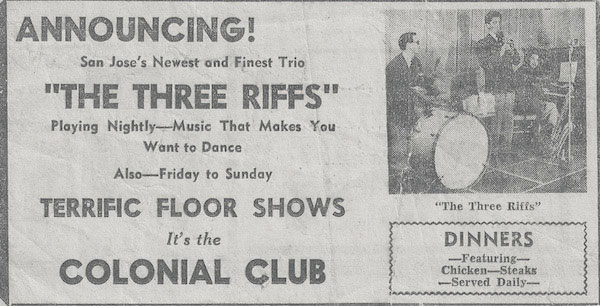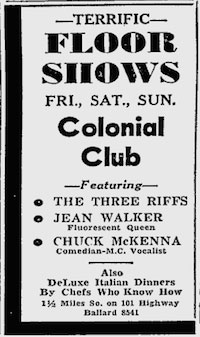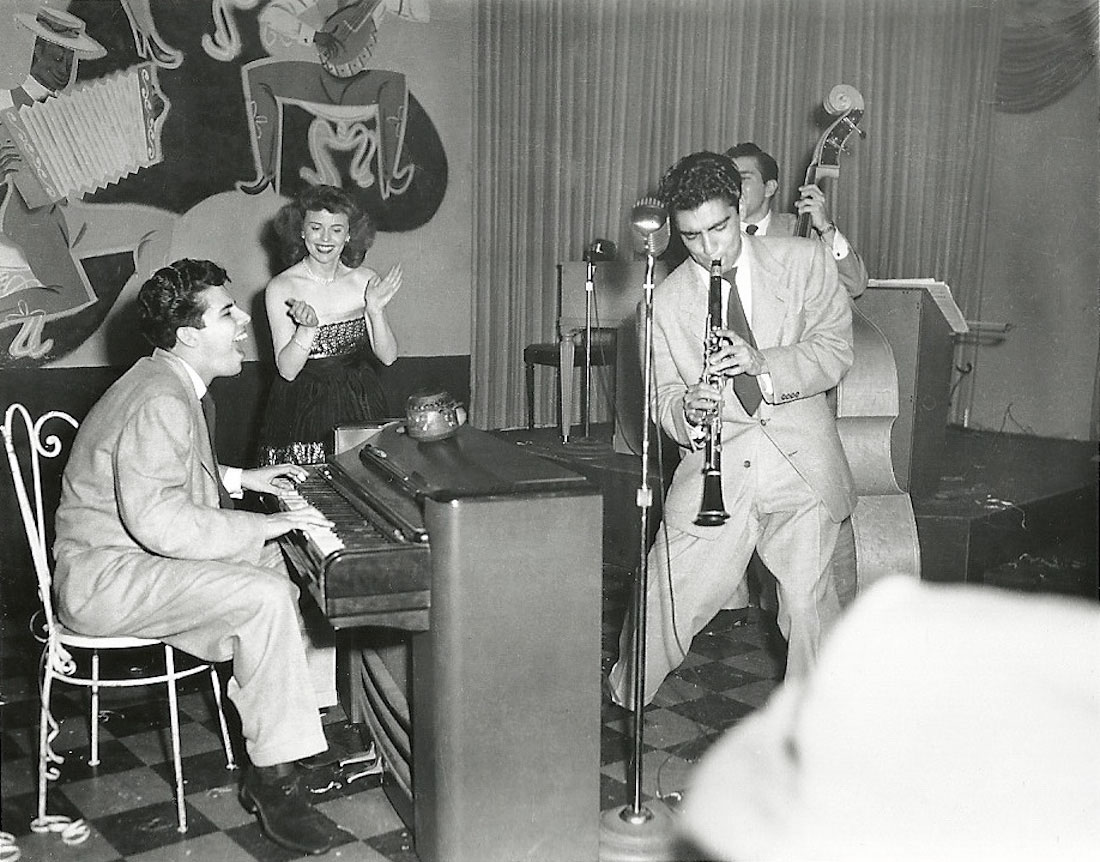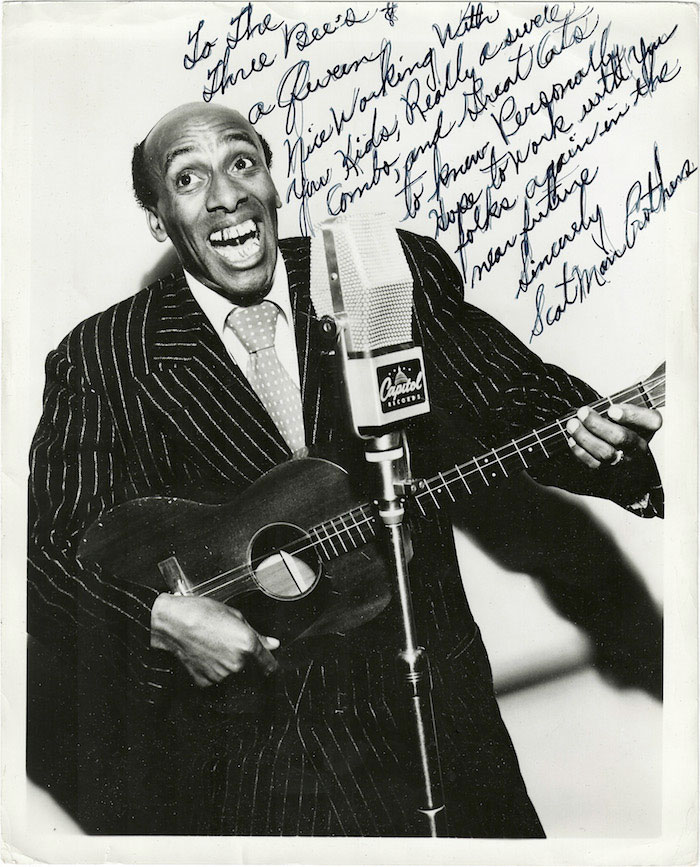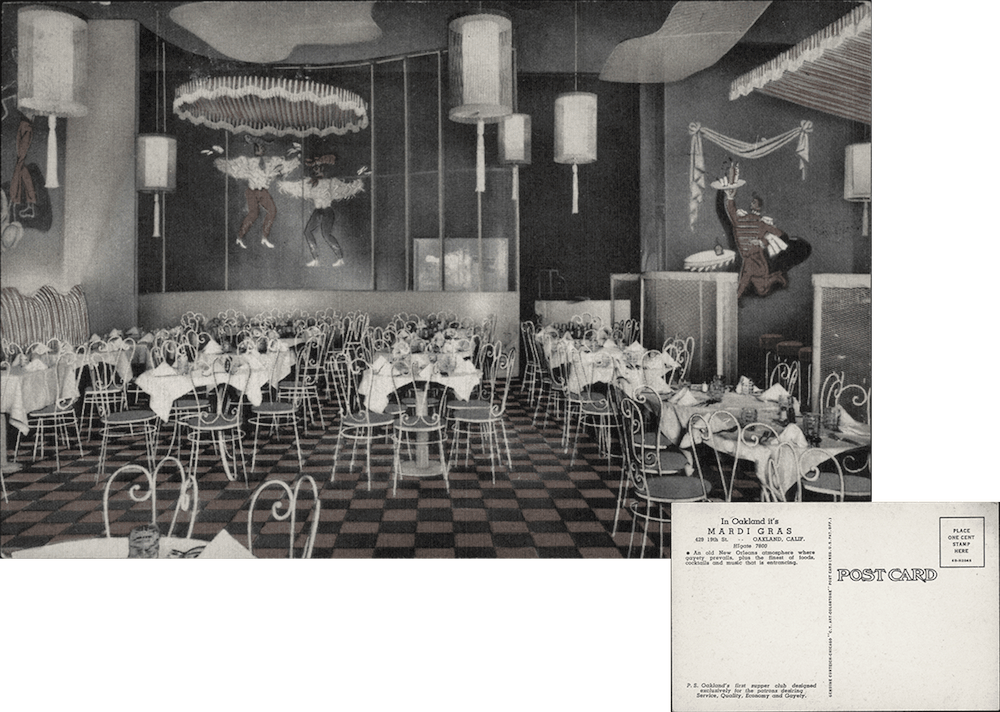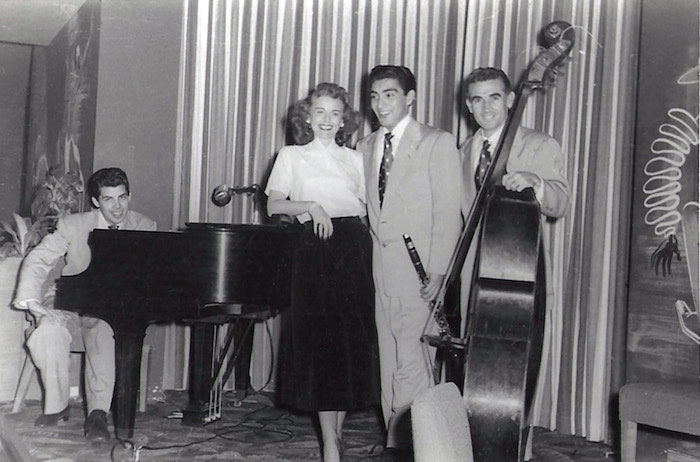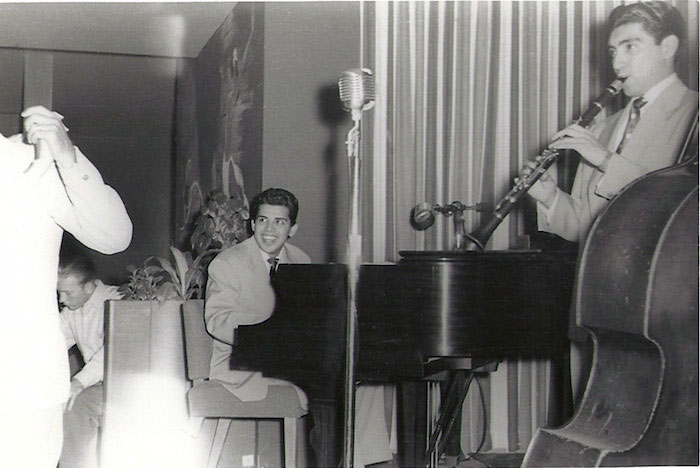Miami, Arizona
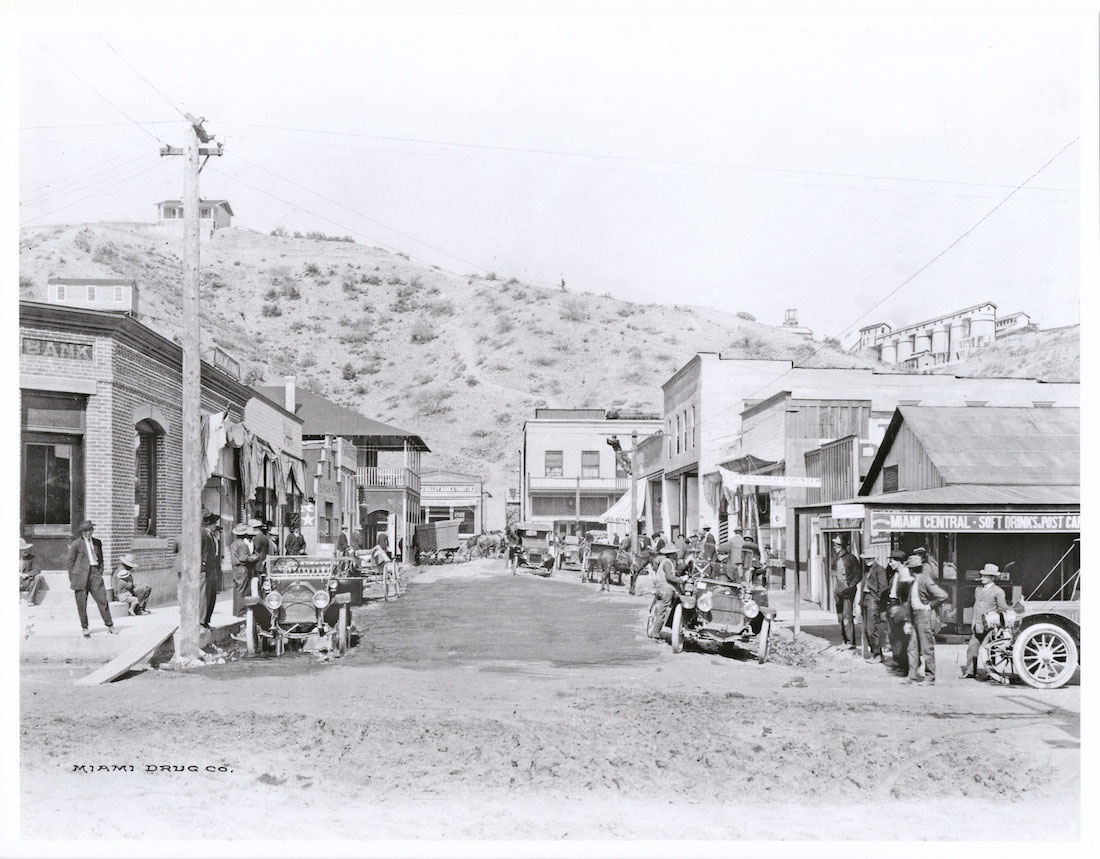
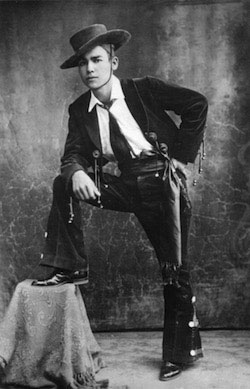
(James Castro Collection)
Joseph “Joe” Armand Castro was born in the small copper mining town of Miami, Arizona on August 15, 1927. His parents, Juan Loya Castro and Lucy Sanchez, were second generation Mexican-Americans who were both born in Arizona mining towns, Metcalf and Silverbell, respectively. Their families had been in the Arizona territory prior to statehood.
Miami was a small industrial town roughly sixty miles east of Phoenix. The town was built by the copper mining company to house its workers, which were made up mostly of workers of Mexican heritage.
Castro’s grandfather was a well to do carpenter who owned a hotel and restaurant in Sonora, where the family was living when Lucy[•] was born in 1930. The elder Castro owned housing properties that the entire family lived in. He wanted his son to take over his business but would not relinquish control which was a source of frustration for Joe’s father.
Castro had three siblings, brothers Ricardo (born 1925), Paul (born 1926) and sister Lucy (born 1930). Ricardo passed away at the age of seven due to illness. The family was refused treatment in the nearby “gringo” town.
The situation was not suitable for raising a family so the Castros decided to move their family to California.
Lucy: My father didn’t want his children speaking English with a Mexican accent, so we moved to California.
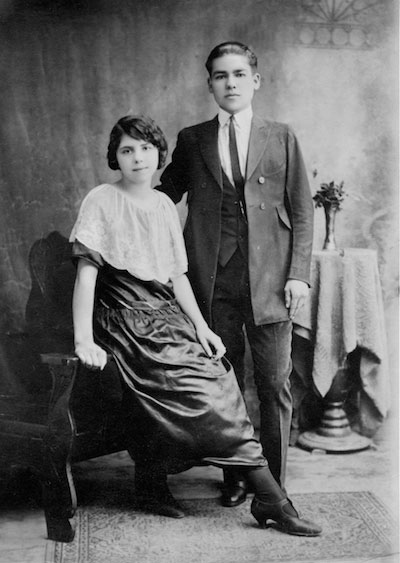
(James Castro Collection)
Pittsburg, California
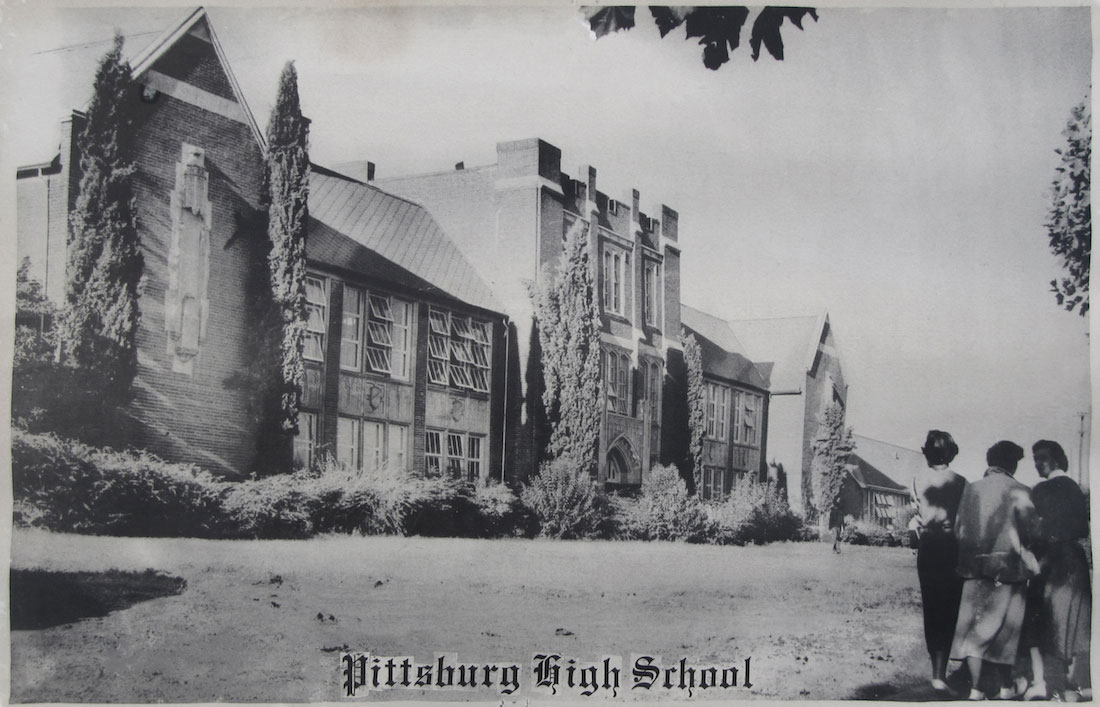
The Castros relocated to the San Francisco Bay Area. They settled in another largely Hispanic town, Pittsburg, California, some 20 miles east of San Francisco.
Not much information has survived from Castro’s early youth. He attended Pittsburg Junior High during 1941-1942. Castro’s love of jazz music was evident early on. He spent his formative years following touring jazz musicians who happened to perform in the Pittsburg area. He held onto a collection of mementos and paraphernalia, including photographs of talents taken in the San Jose Civic Auditorium, like June Richmond and Andy Kirk, Count Basie and an autographed picture of Stan Kenton.
Castro’s parents were supportive of their children’s pursuit of music. They purchased a piano for Lucy to play, while Joe received a horn and Paul a violin. Joe gravitated to the piano, however. Lucy recalled Joe’s talent being much greater than her own and that he quickly advanced beyond the bounds of what their local instructor could provide. The trio would all ride on the same bicycle to attend lessons.
Though he had little formal training, Castro was able to quickly assimilate a certain skill level on the piano. He became a member of Local No. 424 of the Musicians’ Union in 1943 when he was only 15 years old and quickly began playing professionally at the local Lido Club.[•] The local club scene was starved for entertainment during the Second World War, making it easy for Castro to succeed.
He introduced his “The Five Kings of Rhythm” group at the Moose Hall on October 23, 1943.
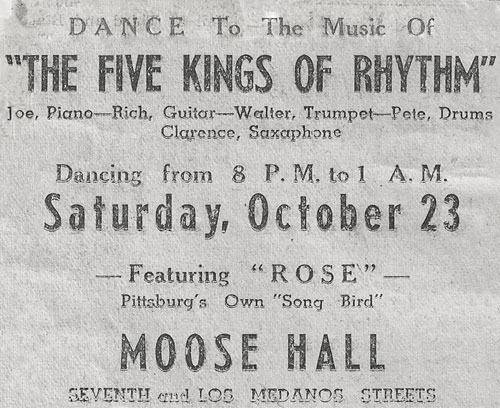
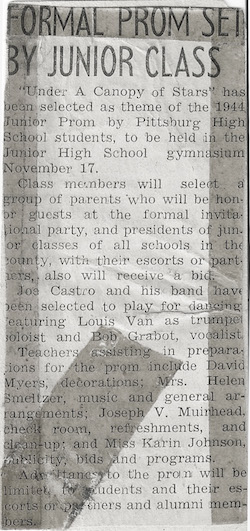
Castro’s parents were extremely supportive and even proud of their son’s musical maturation.
Lucy: My parents weren’t crazy religious. They’d go with their friends to go see Joe play all the time.
While at Pittsburg High School, Castro continued to perform with small combos including his band that featured trumpeter Louis Van and vocalist Bob Grabot, who would later be signed by Capitol Records[•] and who became a respected Los Angeles based vocalist/instructor under the name Bob Grabeau. He graduated on January 26, 1945, and performed at his graduation ceremony. Among other things, Castro was voted as having “Best Teeth” in his class yearbook. The yearbook went on to mention: “Joe Castro’s only love has been his band....”
Castro quickly enrolled into San Jose Sate College in San Jose, south of San Francisco. Around this time he created a regular ensemble that was called “The Three Riffs,” which included his friend and saxophonist/clarinetist/vocalist Ernest “Ernie” Torres Chavez and drummer Frank “Pinky” Guterres.
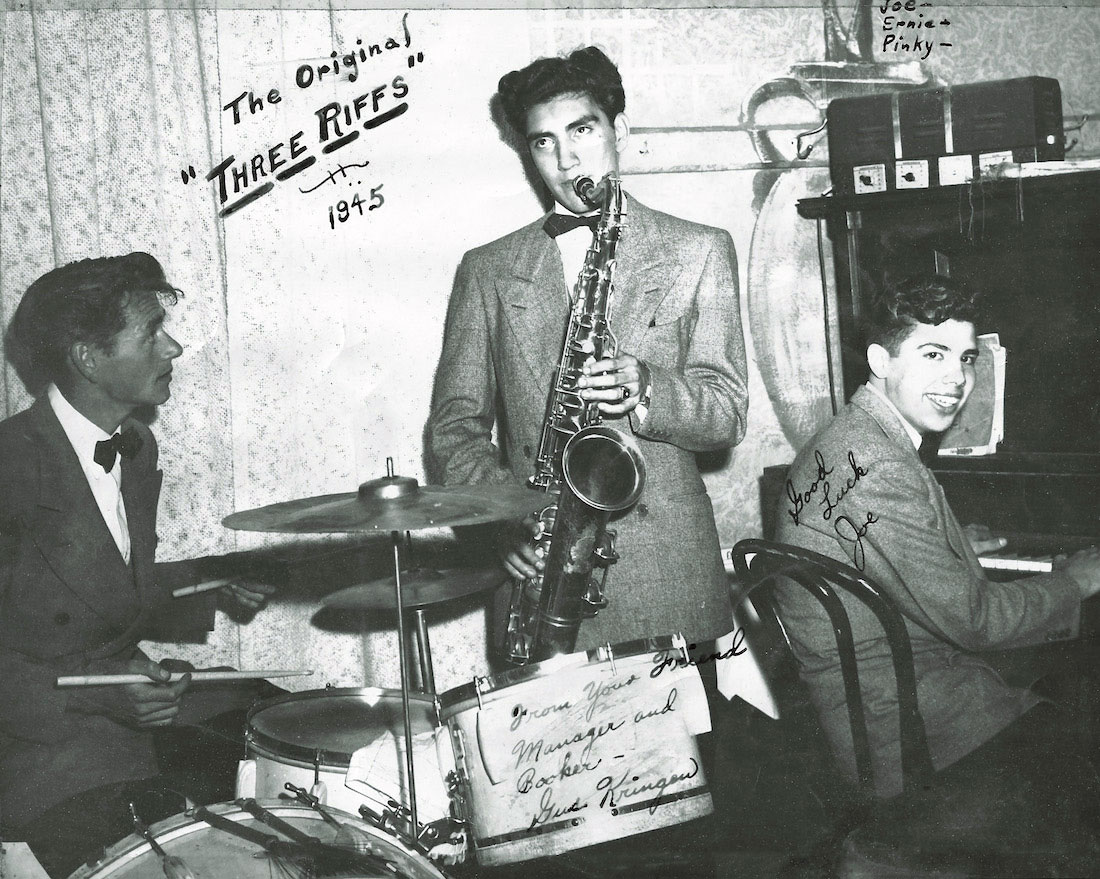
(James Castro Collection)
Chavez would be a longtime friend and musical cohort. He was born in San Benito County, California on August 31, 1927. Chavez attended San Jose High School and while it was unclear where he met Castro, it was possibly upon Castro’s arrival in San Jose to attend College. Regardless, the two were constantly together, whether in their ensemble or that of San Jose based sixteen-piece Benny Glassman and His Orchestra, which played regularly around the Bay Area.
During the first half of 1945, the Benny Glassman ensemble was one musical base for Castro, Chavez and Bob Grabot. The Glassman Orchestra also presented small ensemble features during performances. The orchestra appeared for a Red Cross Benefit Dance at the Salinas Rollerland[•] and throughout the summer including shows at the Masonic Hall in Concord[•] and the Brown Bomber at 1223 Fillmore in San Francisco.[•]
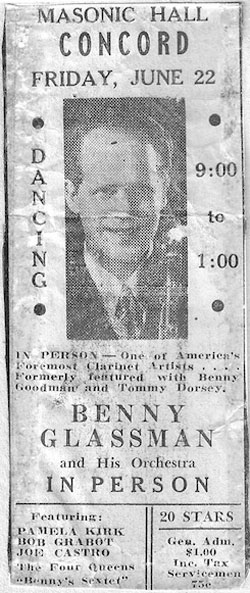
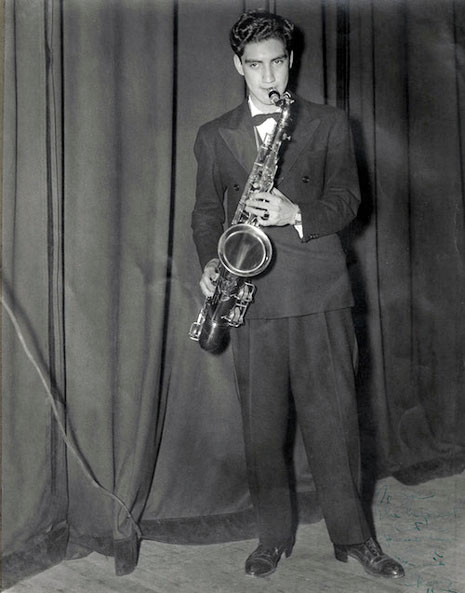
(James Castro Collection)
Other performance opportunities were provided by Orrin “Fess” Blattner, His Trombone and Orchestra. Both Castro and Chavez went with the Orchestra to Hawthorne, Nevada where they played at Gallo’s Inn[•] for at least two weeks in July.[•]
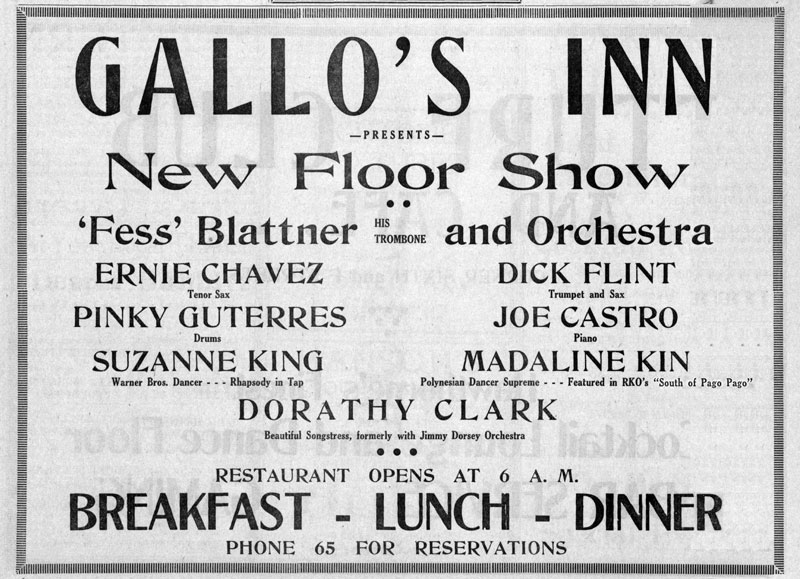
Castro’s time at San Jose State was interrupted when he was drafted into the army. He was stationed at Fort Knox in Kentucky where he performed with the 228th Army Ground Force Band. It was in the 228th that Castro met his friend, tenor saxophonist Phil Benson.[•]
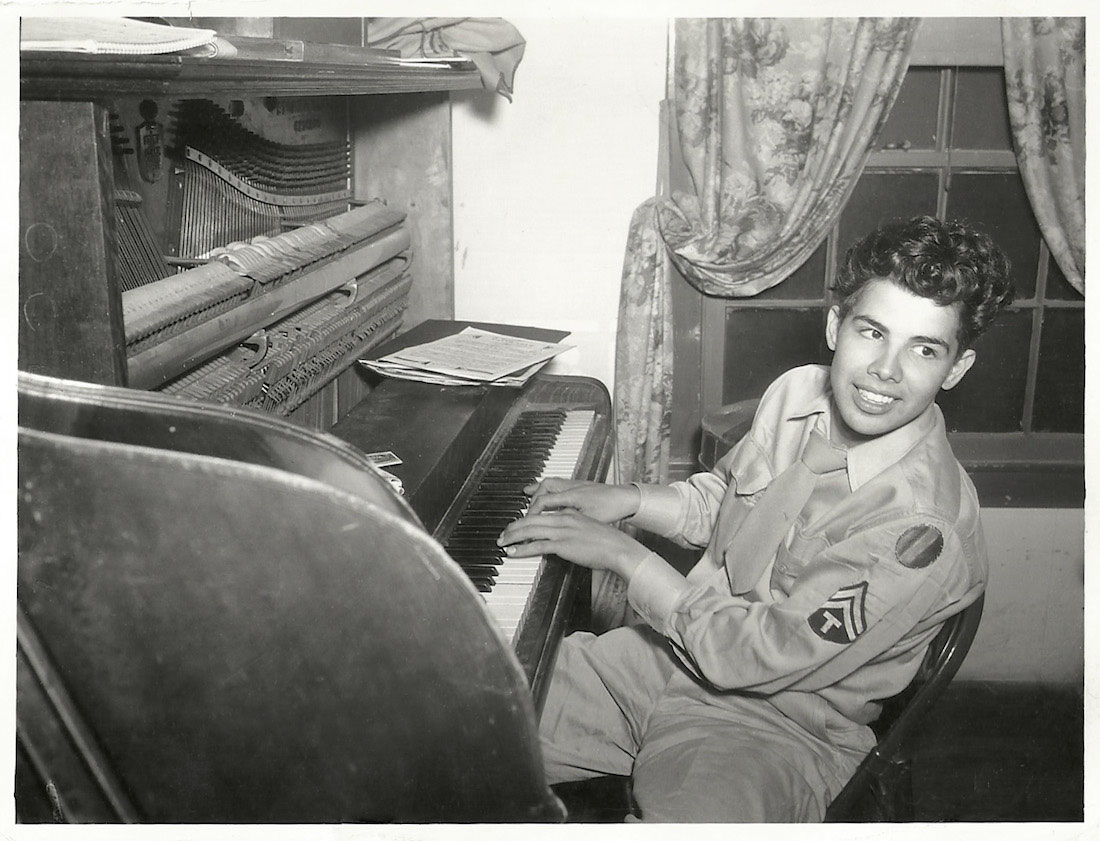
(James Castro Collection)
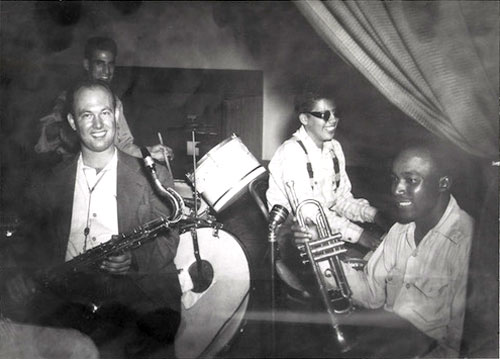
(James Castro Collection)
Benson remembered meeting Castro after basic training. Many soldiers were being sent to Germany and Japan after the end of World War II as occupying and rebuilding forces.
Benson was assigned to the 228th after his superiors heard about his skill on the saxophone. He was sent to Fort Knox where he met Castro and Nelson Riddle, who was stationed there for a short time. The three played together frequently. Benson recalled that his service from 1946 to 1947 was far easier than that of regular recruits:
All we did was listen to records and play music. We got up late. We wore white socks with our uniforms. We were living the good life. It was just playing music and playing poker.
The two got along very well. Benson took Castro to his home town of Chicago over the holidays where he introduced him to snow, Debussy and Ravel. Benson’s influence would later encourage Castro to travel to Switzerland to study these musicians, whose influence was later reflected in his approach to the piano.
After their military service ended, Castro and Benson went their separate ways. Castro went back west while Benson went to Augustana University to begin what was a lifetime in academia.
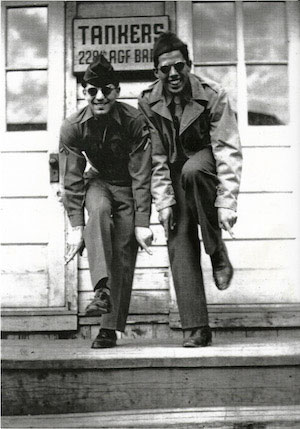
(James Castro Collection)
Discharged in April 1947, Castro returned to San Jose State. He didn’t remain in school long as he was persuaded to leave to pursue his professional music career without a degree. He was found performing shortly after, resuming work with his Three Riffs ensemble alongside Ernie Chavez, who had returned from active duty at the Colonial Club[•] in San Jose as early as April 10th.[•]
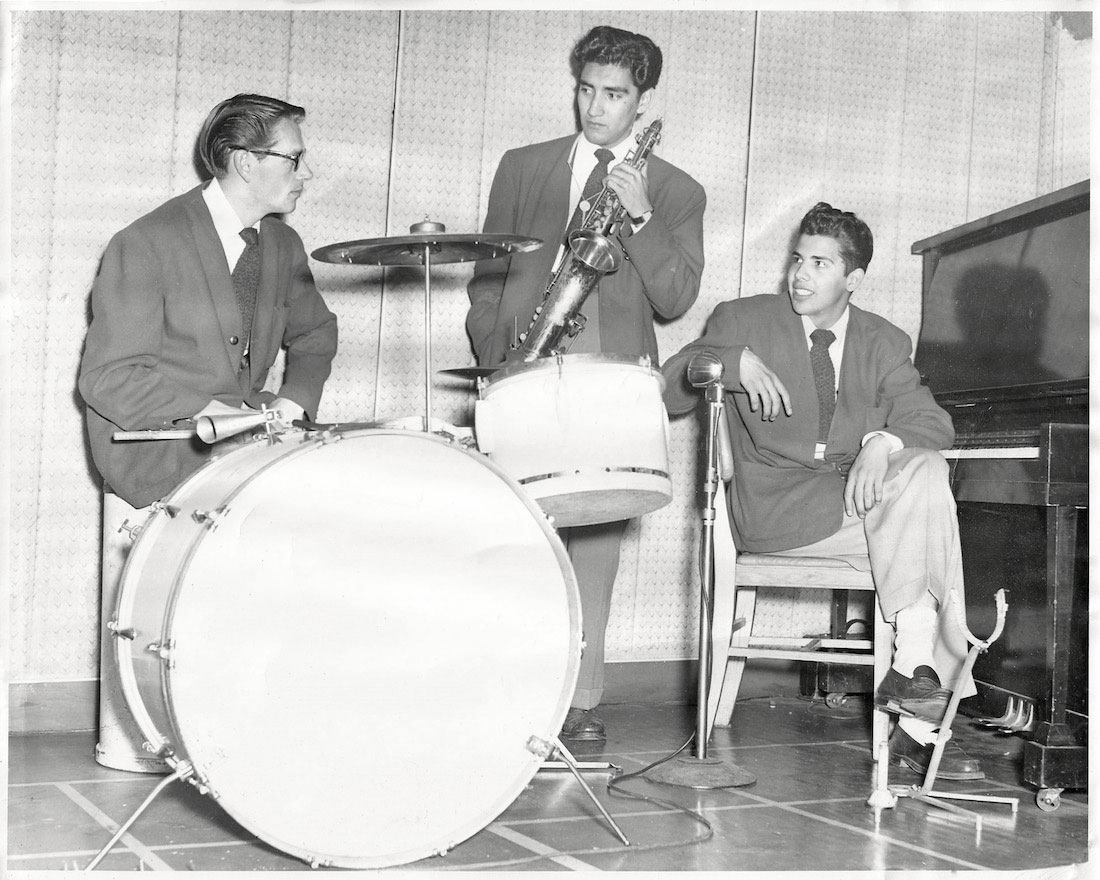
(James Castro Collection)
Later that year, Castro and Chavez recorded a live demo most likely accompanied by bassist Tom Brocato. The 78rpm Soundcraft acetate had two tracks: Ira Gershwin and Vernon Duke’s I Can’t Get Started featuring a vocalist, probably Treasure Ford, and Cole Porter’s I’ve Got You Under My Skin with an unidentified male vocalist.[•] Castro played piano on both tracks.
A photo of Castro, Chavez, Brocato and Ford together during this period had a note that labeled the group The Four Riffs.
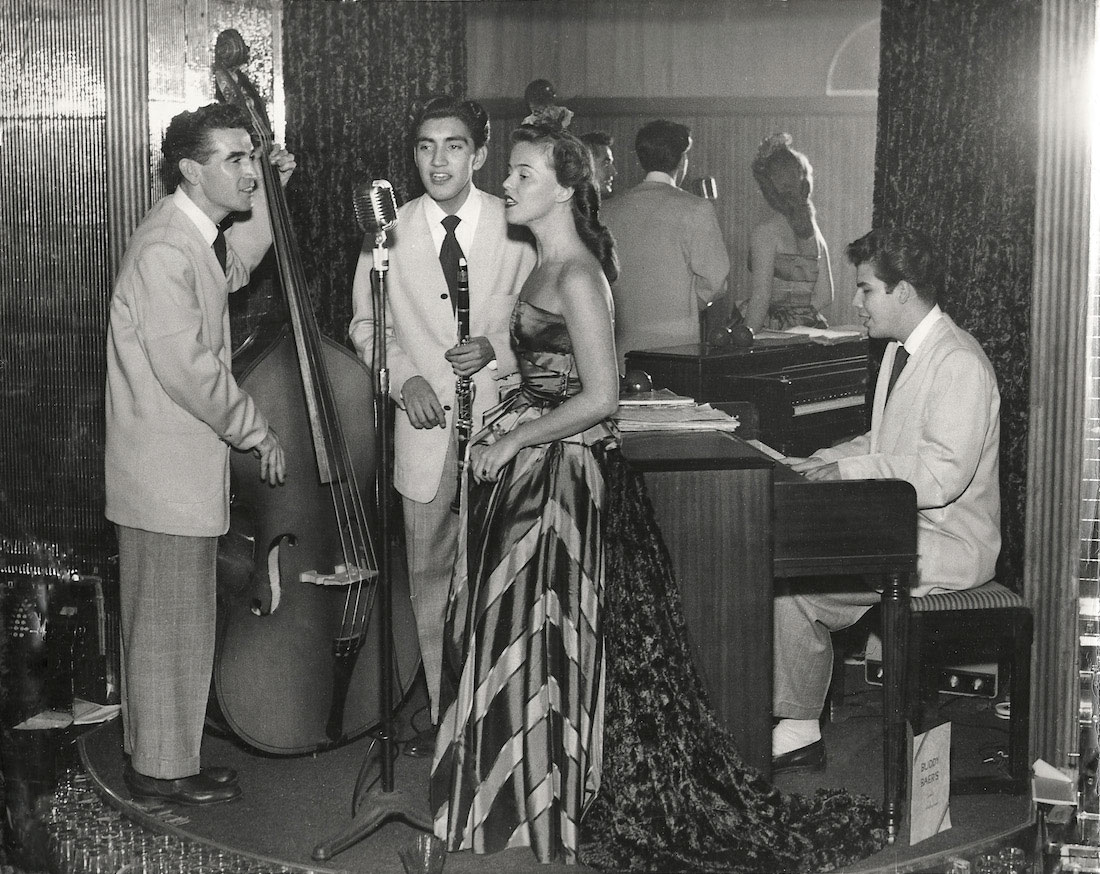
(James Castro Collection)
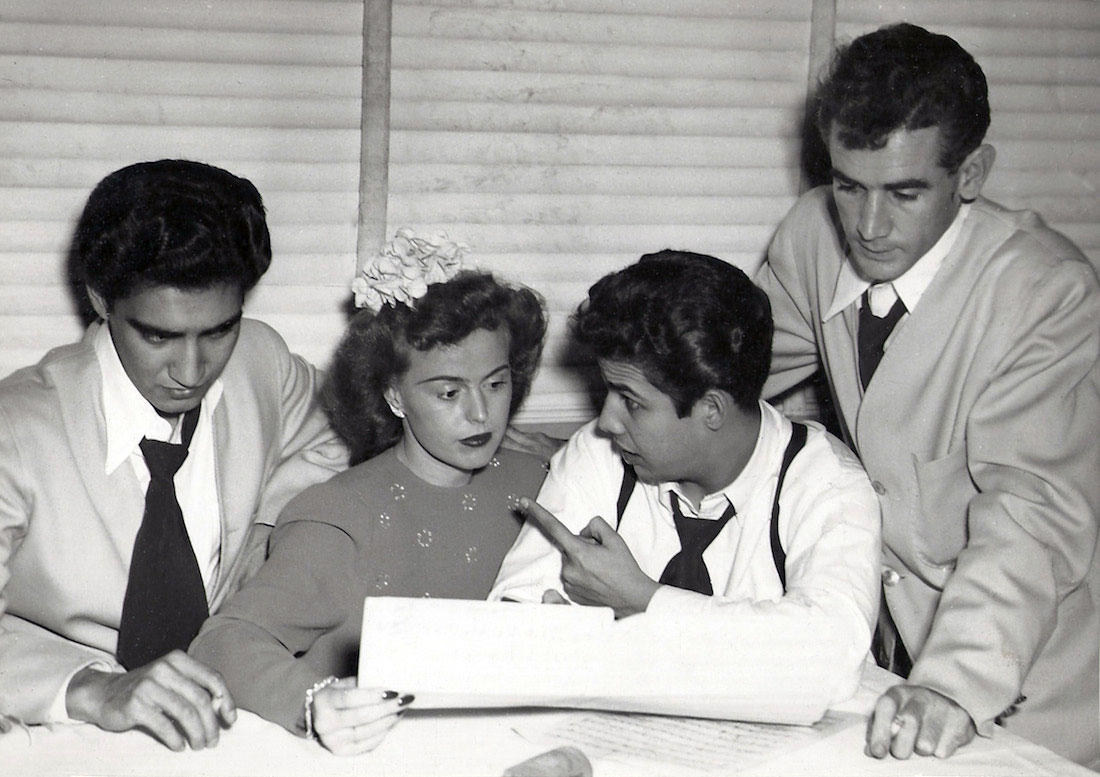
(James Castro Collection)
possibly as follows: The Four Riffs California Live Demo Sessions:
The recording would be the germination of what would become Castro’s most beloved combo, 3 Bees and a Queen. The core ensemble of Castro, Chavez and Ford would be joined by a handful of rotating bassists, the first being Ralph Peña.[•] The group was popular as it presented a diverse mixture of popular songs, dance tunes, swing and Latin numbers.
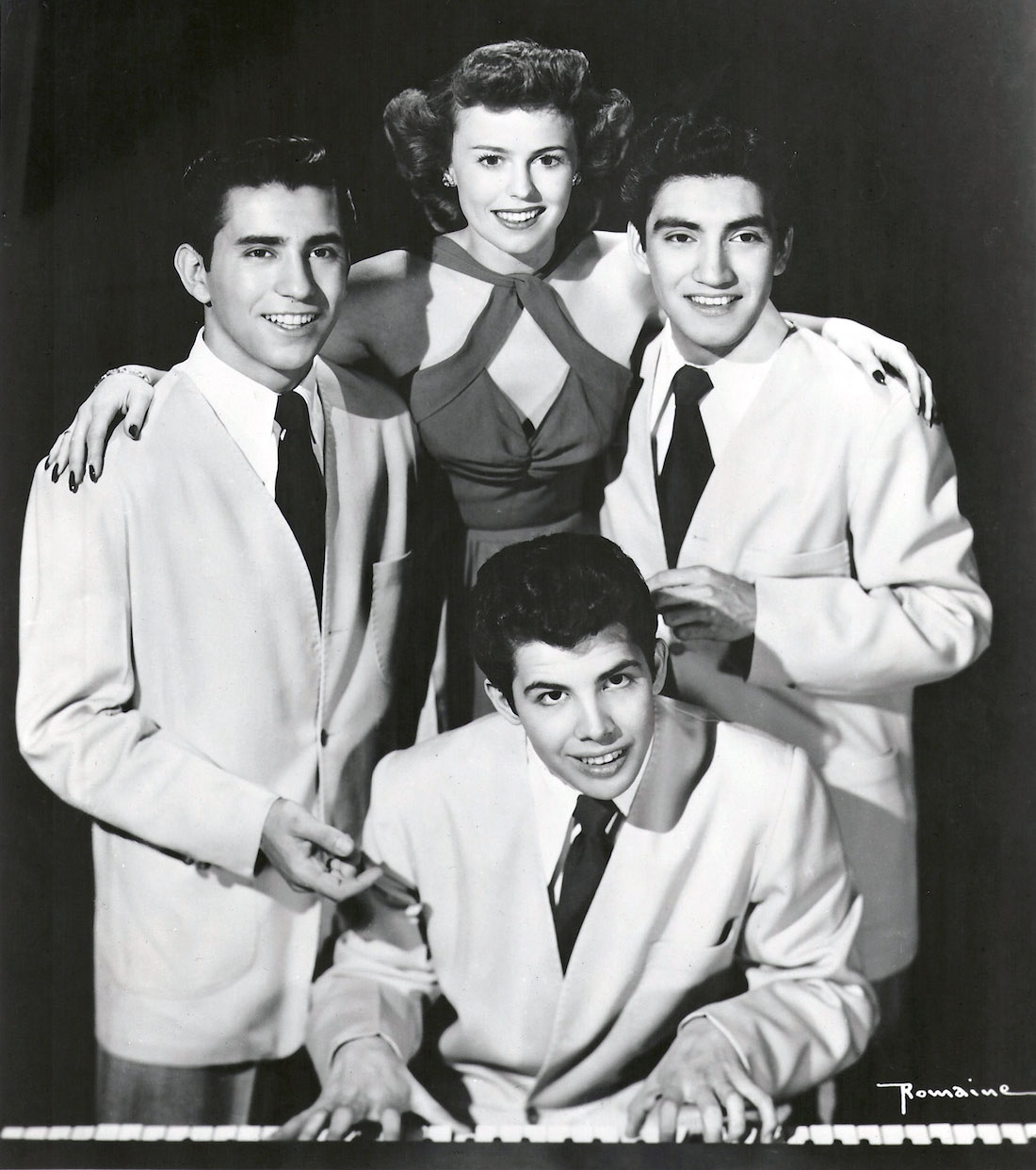
(James Castro Collection)
Most of what has been recalled of the group’s performances came from ads in local newspapers and a mention in The Billboard magazine.
3 Bees and a Queen had a number of successes in nightclubs around the Bay Area. In 1948, there were concert advertisements for the group at Club Tahiti in Pittsburg and four weeks of regular shows at Sandra’s in Hayward.[•]
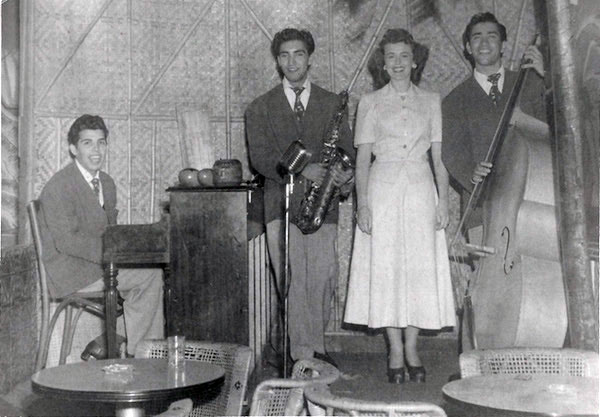
(James Castro Collection)
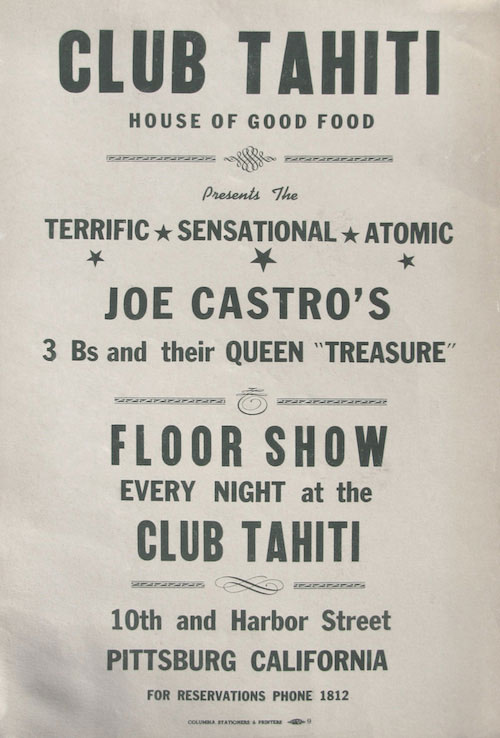

December found the group beginning what would be their longest and most successful club engagement, twelve weeks at Mardi Gras at 429 19th St. in Oakland.[•]
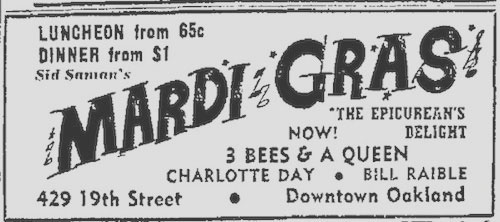
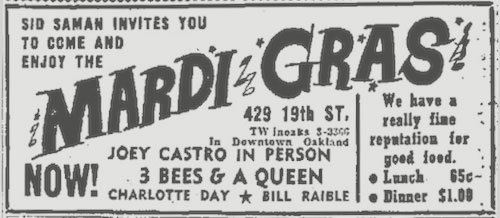
Don Steele of “Going Places” reviewed the group at Mardi Gras:
I really enjoyed the Mardi Gras show last Monday night. You’d have enjoyed it, too, I’m sure. Because a lad named Joe Castro does things to a piano that I have never seen done before. Perhaps it’s not so much what he does… It’s the way he does it—personality plus and doubled. His musician-mates are very fine and the girl in the group might easily be a future television great…but that Castro kid has it and you might like to say, sometime, “I knew him when….” If so, catch “3 Bees and Their Queen” at Mardi Gras. Really a refreshing act in a chic setting.[•]
Further, for the week of March 5, 1949:
Mardi Gras continues to merchandise jazz music in grand style with Joey Castro getting greater and greater as the week roles by. He swings from rhumba rhapsodies to hop like you turn on the hot water faucet. Why doesn’t millionaire-MCA buy Joey a 22-piece band and hand him the baton and 10-year contract in some big hotel?[•]
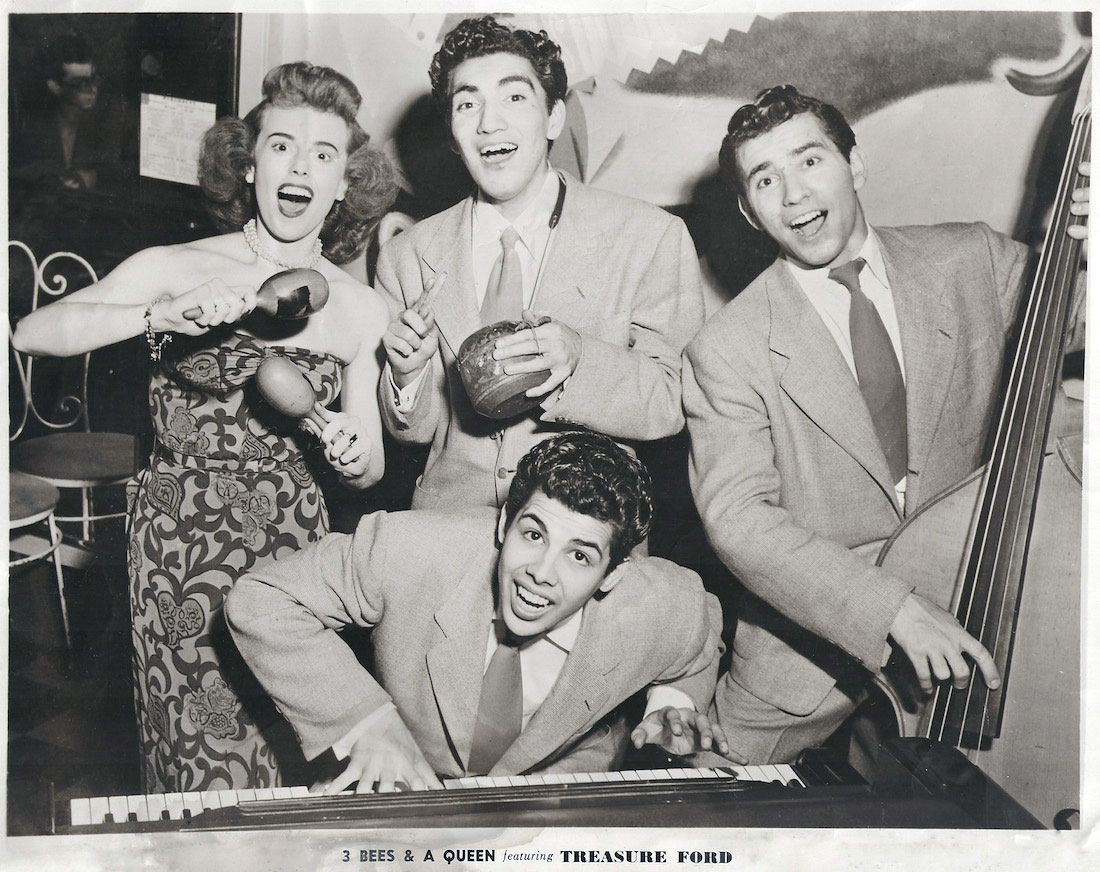
After the residency at Mardi Gras,[•] 3 Bees and a Queen travelled to play the Club Lounge in Helena, Montana[•] and the Havana Room[•] at the Bakersfield Inn in Bakersfield, California[•] in March and April, respectively.
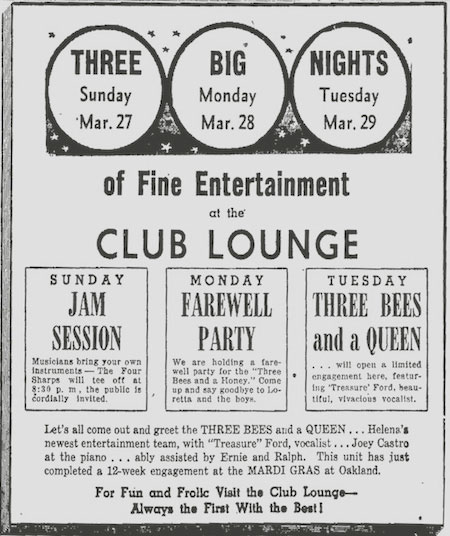
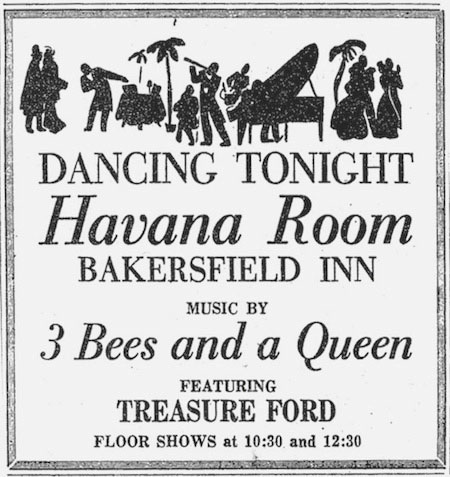
Bassist Ralph Peña was replaced by Tom Marks in May 1949,[•] followed by the return of Brocato. There were frequent changes in the bassist seat, including rotations by Chris Ramos, Dee Dee Lucino, back to Brocato again in early 1950.
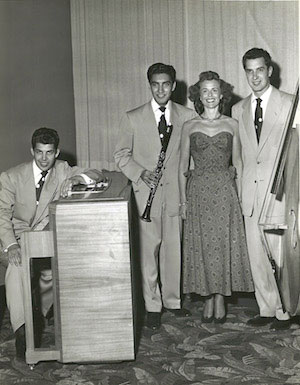
(James Castro Collection)
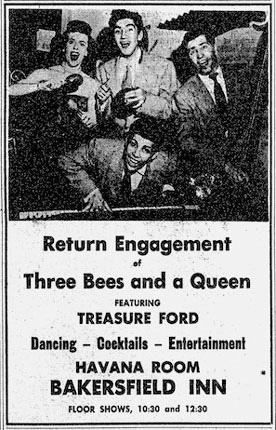
In January, Joe Castro appears in attraction at San Francisco’s famous Say When club.[•]
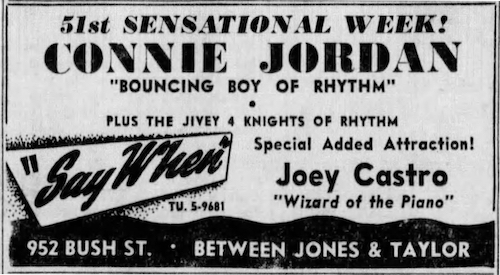
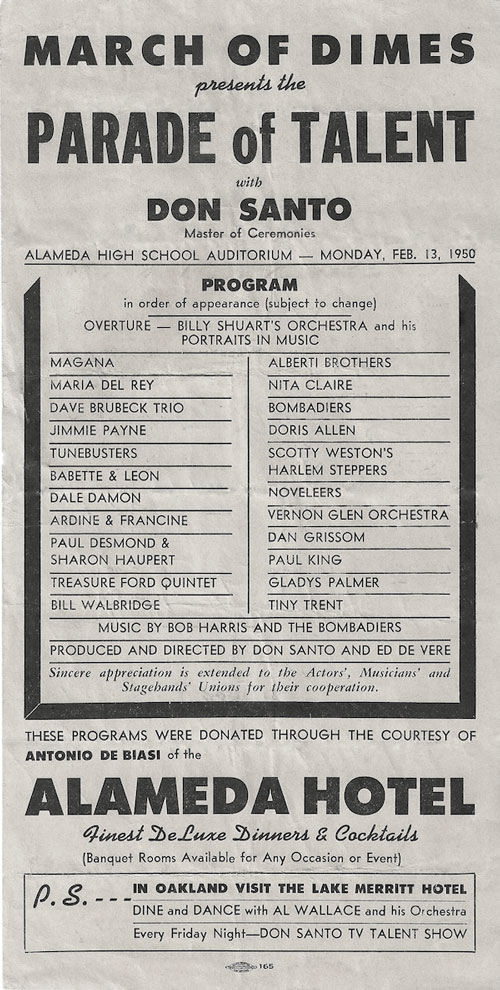
The group was very successful in Northern California. They were regulars amongst the Bay Area jazz cognoscenti and played alongside such future jazz luminaries as Dave Brubeck and Paul Desmond on larger bills, including a fundraiser for the March of Dimes.[•]
An article in a Spokane, Washington based newspaper[•] gave information on the group repertoire and line-up:
One of the best small instrumental and singing combinations to stop in Spokane opened last night at Allen’s[•] cocktail lounge. The combination, known as the Three Bees and a Queen, is from San Francisco. They play both hot and sweet. And occasionally they toss in a Latin number. Along with the new hit songs they do, and do them well, such standards as Stardust, Body and Soul, Lover and a flock of other favorites. The group includes blond, pretty Treasure Ford, girl singer; Ernie Chavez, saxophone and clarinet; Joe Castro, piano, and Chris Ramos, bass.—D. C. H.
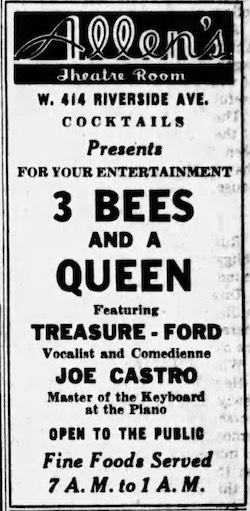
Back to Mardi Gras for a week.
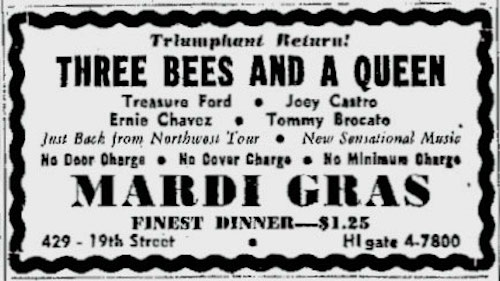
(James Castro Collection)
They held the 1950 end of year celebrations at The Skyline Supper Club in Billings.[•]
In January, they open at the Monkey Room of the Cardinal Lounge, Sillman Hotel[•], in Spokane for a long run that lasted until March[•], and then a student getaway at Eastern Washington College of Education, of Cheney.
Their long engagement at Mardi Gras and their subsequent return during the summer of 1950 was noted by comedian and MC Joaquin Garay, who invited them to be a part of the Fireman’s Carnival in Honolulu, Hawaii.
